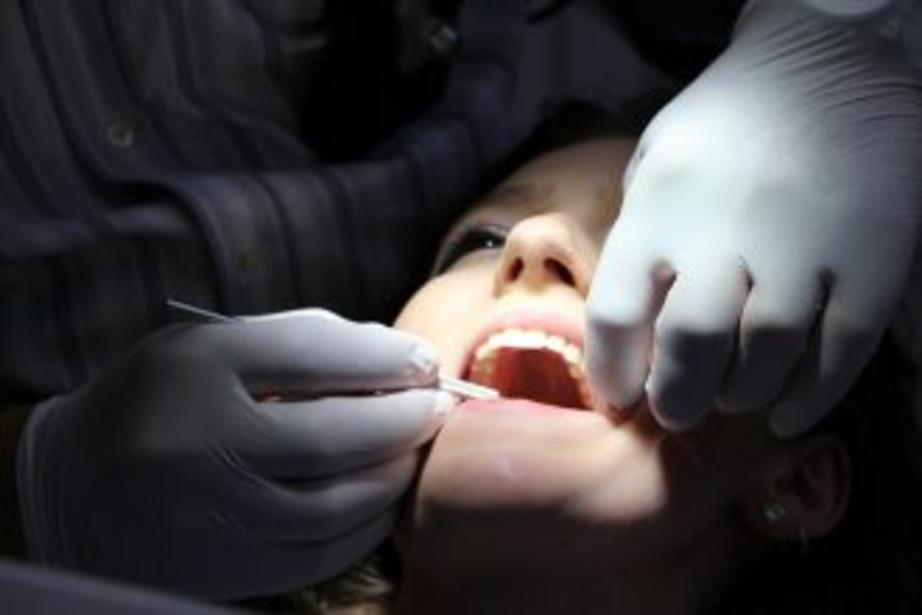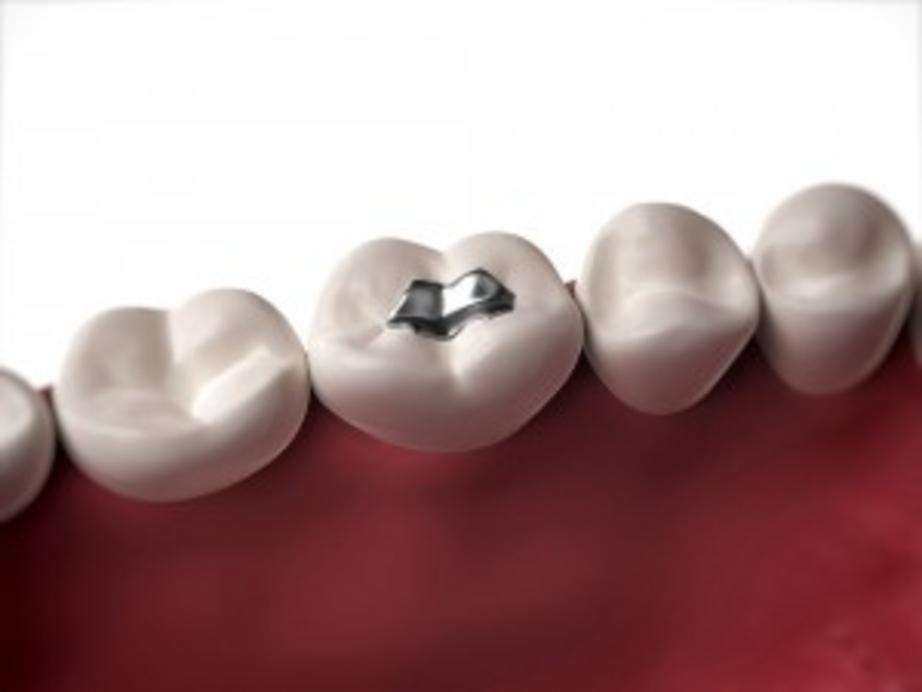European Union bans amalgam fillings for children and pregnant or nursing women
“The next generation of Europe’s children are safe from toxic dental mercury,” proclaims Charlie Brown, president of Consumers for Dental Choice and the umbrella World Alliance for Mercury-Free Dentistry.
Starting July 1, 2018, amalgam use is banned for children under the age of 15 and for pregnant or nursing women — anywhere in the vast European Union (EU) 1,2 — which includes 28 countries in all, with a population totaling more than half a billion people.

“This landmark achievement still has to be officially ratified,” Charlie says, “but all three European Union institutions, the [European] commission, the Council [of the European Union] and the European Parliament have reached consensus.”
“The ban on amalgam for children in Europe, we promise you, will reverberate in favor of the children across the world — in America North and South, in Africa, and in Asia and the Pacific,” said Brown. “The game changer that will do in amalgam is the Minamata Convention on Mercury, which requires every participating nation to act to reduce amalgam use. The Convention is expected to become legally binding in the middle of 2017.”

The hard-fought victory in Europe came after six grueling years of reports, hearings before the Commission, meetings at the Parliament, events in the national capital cities and in the E.U. capital city of Brussels and submission of testimony to a seemingly unending number of players. Civil society — the public — mobilized at a level rarely seen on an issue so intertwined between environment and health concerns. European-wide nonprofit groups brought their networks to the forefront, and were joined by nation-based environmental and patient rights’ groups from France, Germany, Czech Republic, Slovakia, Poland, Sweden, Denmark, the United Kingdom, Portugal, Spain and Italy.
Ultimately, in an internet vote called by the European Commission, 88 percent of the public voted for a phase-out of amalgam as opposed to only 12 percent to keep amalgam — and voter turnout was double that of any other Minamata issue.
At the outset of the campaign in 2010, every major EU institution supported amalgam. At the end, in 2016, no major EU institution did.
Brown pays particular homage to four Europeans who led the campaign: Elena Lymberidi-Settimo from Greece; dentist Dr. Graeme Munro-Hall from the U.K.; Marie Grosman from France; and Florian Schulze from Germany.
Thank You for Supporting Mercury-Free Dentistry!
Mercury-containing amalgam is a primitive, pre-Civil War pollutant that has no place in modern dentistry. Compelling evidence shows that dental amalgams readily release mercury in the form of vapor every time you eat, drink or brush your teeth.
A single amalgam filling may release as much as 15 micrograms of mercury per day; 10 micrograms per day is average. To put that into perspective, eating mercury-tainted seafood can expose you to about 2.3 micrograms per day, and that alone was enough for scientists to call for a worldwide warning in 2006.
Brown, a twice-elected former attorney general for West Virginia, has committed nearly two decades of his life to protecting children and grownups around the world from the dangers of mercury amalgam.
Consumers for Dental Choice has been a Health Liberty partner with us since 2011, and this victory is a powerful demonstration of the impact you can have when you donate money to our Health Liberty partners.
We worked long and hard to identify these partners, and Consumers for Dental Choice is one of the most effective consumer protection organizations out there. Charlie has spearheaded the creation of an enormously dedicated and effective international team operating in dozens of countries on every continent.
I would personally like to thank all of you who donated to this cause earlier this year and in years’ past. Your financial support is what makes these kinds of victories possible. Yes, you CAN make a difference in other people’s lives.
Next Steps for Europe and Elsewhere
Next, each of the 28 European countries must submit a plan for how they are going to reduce amalgam use in the remainder of the population. The most vulnerable, the children, are now protected from the dangers of amalgam, but in all reality, amalgam should not be placed in anyone, of any age or gender.
These plans are due by July 1, 2019, and by then, Charlie suspects most countries will opt to phase out amalgam entirely.
As for the United States and Canada, now that the entire EU is taking a strong stand to protect the health of children and pregnant/nursing women, the U.S. Food and Drug Administration (FDA) and Health Canada will be pushed to reconsider their stance.
So far, they’ve both chosen to protect amalgam producers and the profits of pro-mercury dentists.
However, while the EU situation will turn up the heat on these agencies, Charlie urges all consumers everywhere to refuse to do business with any dentists who still use mercury amalgam in their practices, because consumer pressure is the fastest way to eliminate the practice.
EPA Finalizes Rule Restricting Dentists’ Mercury Discharges
In related good news, on December 15, the U.S. Environmental Protection Agency (EPA) finalized a rule restricting dentists’ mercury discharges.
After more than a decade of debating the issue and an additional five years of delays, the agency finally finalized requirements for dentists (placing or removing amalgam) to install amalgam separators to prevent mercury from being flushed down the drain, entering municipal waste water treatment facilities and being haphazardly released into the environment.
Dental offices are “the largest source of mercury in municipal wastewater, the largest consumer use and also the largest reservoir of mercury in use today,” said Michael Bender, director of the Vermont-based Mercury Policy Project and a strong supporter of the World Alliance for Mercury-free Dentistry.
He called the separators, which the EPA estimates will cost dentists about $800 per year to operate, “a practical, affordable and available technology for capturing mercury.” As reported by E&E News reporter Gabriel Dunsmith:3
“EPA pegs total discharge from dentists’ offices at 5.1 tons annually. The new rule will enforce the use of amalgam separators, which capture mercury before it is discharged.
The technology will eliminate dental mercury discharge, the agency said, in addition to 5.3 tons of other waste metals. In a fact sheet, EPA said its new rule is a ‘common sense solution to managing mercury that would otherwise be released to air, land, and water.’“
Sources and references:

